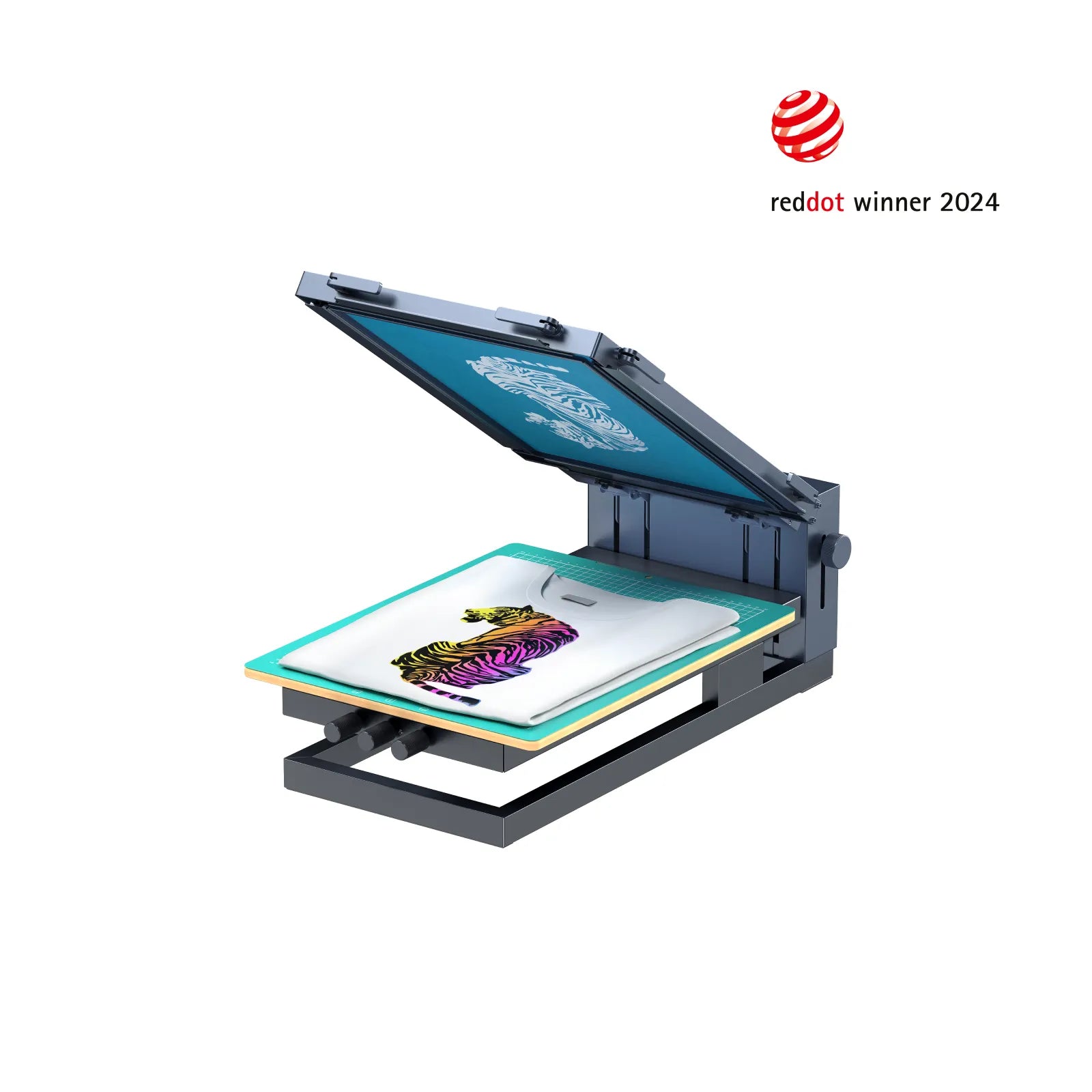The Vital Guide to Recognizing Screen Printing and Its Versatile Utilizes
Screen printing has an abundant background that dates back to old times, advancing right into an innovative method made use of throughout various markets today. This guide checks out the ins and outs of the screen printing process, detailing its applications in fashion, advertising, and home décor - 10:9 Design contact. Recognizing these basics can open creative potential for both commercial and creative jobs. The adhering to sections will disclose important pointers and methods to improve one's screen printing endeavors
The Background of Screen Printing
Although screen printing has roots that map back centuries, its development reflects the artistic and technological advancements of various societies. Coming from ancient China, the method was at first made use of for embellishing textiles and later infect Japan, where it became integral to Ukiyo-e woodblock printing. The method changed to Europe in the 18th century, where it obtained popularity amongst artisans and business printers. The invention of picture solution in the 20th century transformed screen printing, permitting more intricate designs and higher effectiveness. Musicians like Andy Warhol additionally pushed its popularity, utilizing the medium to create iconic works that mixed commercialism and art. By the late 20th century, screen printing had developed itself as a flexible strategy, used in vogue, marketing, and fine art. Today, it remains to advance, integrating digital technology and expanding its applications across various markets.
The Screen Printing Process Explained
Screen printing transforms artistic visions into substantial layouts through a series of exact actions. An image is produced and after that transferred onto a screen, typically made of fine mesh textile stretched over a frame. A light-sensitive solution is related to the screen, which is exposed to light, setting in locations not covered by the image. After washing out the unhardened solution, a stencil is formed.
Next, the screen is put over the substrate, whether it be material, paper, or an additional product. Ink is then pushed via the open areas of the stencil using a squeegee, depositing the style onto the substratum below. This process can be repeated for several shades, calling for separate screens for every color. Lastly, the printed product is cured utilizing warm to ensure the ink adheres correctly, leading to a durable, dynamic style on-line.
Kinds Of Screen Printing Techniques

Additionally, specialty methods, such as discharge screen printing, remove color from the fabric to create softer prints, while foil screen printing uses metallic foil to accomplish a glossy finish (10:9 Design LLC Company). Each strategy offers distinct features, satisfying numerous creative needs and manufacturing ranges, inevitably expanding the possibilities within the screen printing domain
Applications of Screen Printing in Different Industries

Furthermore, the signs and advertising fields make use of screen printing for creating captivating display screens and banners. This method enables bold shades and intricate designs that capture attention. In electronics, screen printing is utilized for applying conductive inks to circuit card, necessary for element connections. Furthermore, the home design industry accepts screen printing to generate distinctive styles on fabrics and wall surface art. Generally, screen printing acts as an important device throughout diverse fields, boosting products with personalized and aesthetically attractive graphics.
Tips for Successful Screen Printing Projects
While taking on a screen printing website project, careful attention to information can considerably boost the final result. Initially, picking top quality products is vital; this includes the screen, inks, and substratums. Making use of suitable mesh matters can impact ink deposition and detail resolution. Preparation is equally crucial; thorough cleaning of displays and correct exposure times guarantee crisp prints.
Next off, exact enrollment is essential for multi-color prints. Utilizing positioning devices can assist accomplish specific layering. Additionally, screening prints on scrap materials prior to manufacturing assists identify potential problems without losing resources.

Often Asked Questions
What Products Are Ideal for Screen Printing on Fabric?
Cotton and polyester blends are excellent for screen printing on material as a result of their resilience and ink absorption. In addition, specialized fabrics like silk or canvas can create special appearances and surfaces, boosting the general style high quality.
Exactly how Do I Tidy and Maintain Screen Printing Tools?
To clean up and keep screen printing tools, one need to routinely wash displays with suitable solvents, examine squeegees for wear, oil moving parts, and shop all things in a completely dry, dust-free atmosphere to extend their life-span.
What Are the Environmental Effects of Screen Printing?
Screen printing can have substantial environmental impacts, including chemical waste from inks and solvents, water use during cleansing procedures, and power consumption. Lasting techniques and green products are necessary for minimizing these unfavorable impacts.
Can Screen Printing Be Done at Home Successfully?
Screen printing can be efficiently done at home with the right products and strategies. Enthusiasts can create quality prints, though success depends upon their ability level, equipment, and understanding of the procedure involved.
What Are the Expenses Related To Beginning a Display Printing Business?

Beginning a screen printing organization entails prices for devices, materials, and work space. Preliminary costs typically vary from a couple of hundred to numerous thousand bucks, relying on the scale, quality of machinery, and wanted manufacturing capacity.
Screen printing has a rich history that dates back to ancient times, progressing right into an innovative method used across different sectors today. One more technique, rotary screen printing, uses cylindrical screens, promoting continuous printing on material rolls, thereby enhancing effectiveness for large-scale manufacturings. Furthermore, specialty techniques, such as discharge screen printing, remove color from the material to develop softer prints, while aluminum foil screen printing uses metallic foil to attain a glossy surface. In the style field, screen printing is extensively utilized to develop vivid designs on garments, allowing brand names to display their distinct styles. Cotton and polyester blends are ideal for screen printing on material due to their sturdiness and ink absorption.